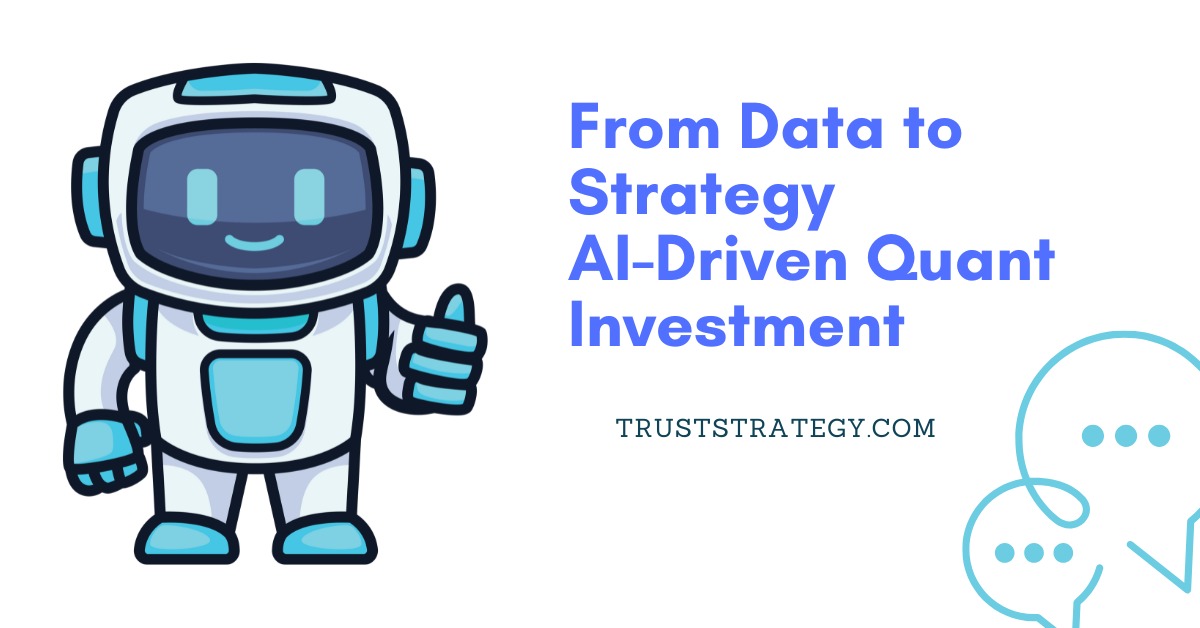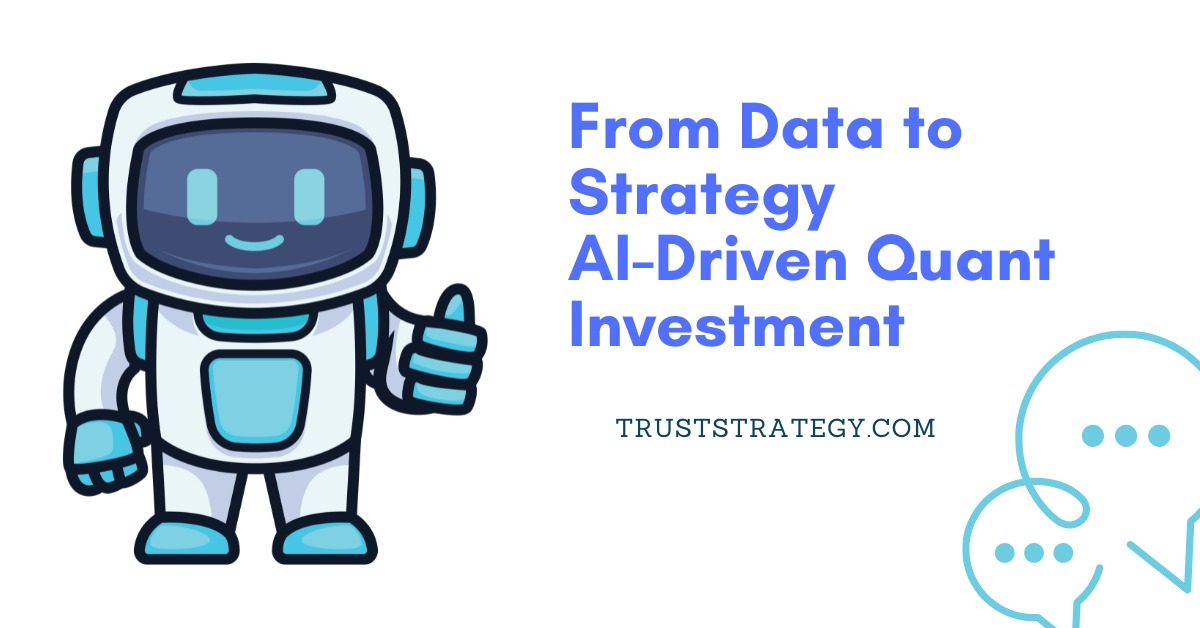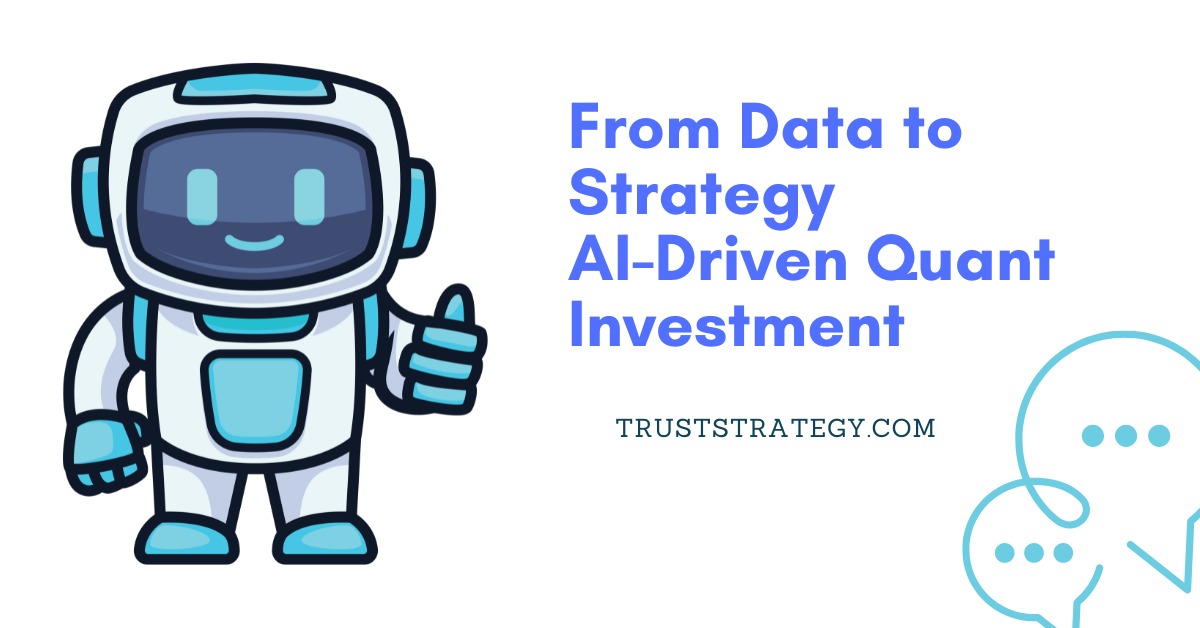
Most crypto users are now open to letting AI tools manage part of their portfolio. According to a CoinGecko survey of 2,632 participants, 87% would allow AI to manage at least 10% of their holdings, while one in seven would entrust their entire portfolio.
Platforms like MasterQuant and TrustStrategy are designed to help traders take advantage of AI’s capabilities while maintaining control over risk.
How to Use AI as a Trading Assistant
The crypto market moves extremely fast. Many investors make decisions based on headlines alone, but AI platforms can provide context, identify patterns, and help make more informed decisions. Tools like MasterQuant and TrustStrategy analyze news, technical data, and social sentiment to support traders.
Step 1: Gather Market Information
Start by collecting news from reliable sources:
- News websites and crypto media
- Social media channels such as X (Twitter) and Telegram
- Aggregators like Google News or Feedly
Example: If a headline appears about a team allegedly selling tokens ahead of an airdrop, ask the AI platform to assess potential market impact.
Step 2: Input Prompts into the AI Platform
Open your AI assistant on MasterQuant or TrustStrategy and enter a clear prompt. For instance:
“You are a crypto trading expert. The ZORA team is suspected of selling tokens ahead of the airdrop. Wallets holding large amounts are linked to major exchanges. Considering this, would you recommend buying or selling ZORA? Explain your reasoning.”
The AI will provide a reasoned answer based on data analysis and market context.
Step 3: Ask Follow-Up Questions
Refine the AI’s suggestions by asking more specific questions:
- What price levels are good for accumulation?
- How does this situation compare to previous token scandals?
For example, the AI might reference historical cases such as:
- SushiSwap (SUSHI) – insider selling caused temporary price collapse
- LooksRare (LOOKS) – large token allocations led to a market drop
- Aptos (APT) – gradual unlocks prevented a total crash
Step 4: Practice Before Real Trading
Even with AI guidance, test strategies using paper trading or small amounts of capital. Refine your prompts as needed and monitor results carefully.
Tips for Trading with AI Platforms
- Be specific: Include the headline, token, and context in your prompts.
- Double-check: Cross-reference AI analysis with other sources.
- Stay updated: AI predictions rely on current data; feed in fresh information.
- Control risk: Use stop-losses and avoid overleveraging.
Advanced Capabilities of MasterQuant and TrustStrategy
Beyond headline analysis, these platforms can:
- Identify market trends using sentiment and on-chain data
- Spot subtle patterns missed by traditional bots
- Support automated strategies while allowing nuanced control
- Integrate with third-party platforms like 3Commas, TradingView, or custom Python scripts for execution
Building an AI-Based Trading Bot
While MasterQuant and TrustStrategy cannot place trades independently, they can guide you in building smarter systems:
- Define buy/sell logic and risk parameters
- Incorporate portfolio rebalancing and position sizing
- Use backtesting to evaluate performance before going live
Testing and Risk Management
Before live trading, evaluate your bot’s performance:
- Trade accuracy: how often signals result in profit
- Trade frequency: avoid overtrading
- Stop-losses and position limits to protect capital
Limitations to Keep in Mind
- Latency: AI analysis may lag in fast markets
- Bias: Outputs depend on input data quality
- Forgetfulness: Some platforms may not retain prior session data
Step-by-Step Guide Example
A basic AI-assisted trading setup could:
- Trade SOL/USDC on a decentralized exchange like Raydium
- Use MasterQuant or TrustStrategy to generate buy/sell recommendations
- Apply risk limits: e.g., $100 per trade, $20 max loss, $50 target profit
- Automate execution via APIs or third-party tools





